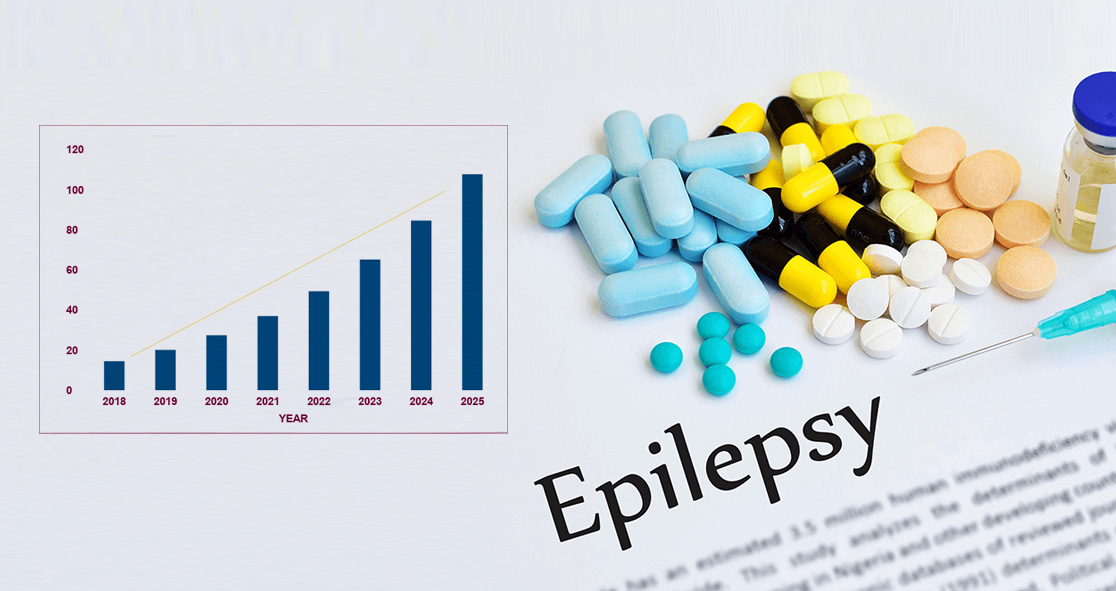Technavio, a leading global technology research and advisory company, is monitoring the global epilepsy drug market. The company expects that the market will grow by $296.44 million between 2021 and 2025.
The global epilepsy drug report, available at Technavio, offers an in-depth analysis of the current market scenario, latest trends, key players, key developments, opportunities, and the forecast.
The ongoing COVID-19 pandemic continues to affect the growth of many industries. Some industries will register a drop in growth and demand, but others will continue to remain unscathed during the pandemic. COVID-19 will have at Par impact on the epilepsy therapeutics market in APAC, according to Technavio.
First-generation epilepsy drugs have been the leading segment in the market. And the market is expected to grow at a CAGR of about 4%.
Epilepsy drugs are classified into three generations. The first generation of antiepileptic drugs includes carbamazepine, ethosuximide, phenobarbital, phenytoin, primidone, and valproic acid, which were introduced by the Food and Drug Administration (FDA) and European Medicines Agency (EMA).
Some of the key industry players include Bausch Health Companies, GlaxoSmithKline, Johnson & Johnson, Novartis, Pfizer, Sanofi, Sunovion Pharmaceuticals among others.
The global epilepsy market is driven by the increase in the number of patients.
It has been predicted that more than 75% of the market’s growth will originate from Asia during the forecast period.
Technavio’s customized report on the global epilepsy drug market also helps clients to know about new product launches, upcoming vaccines, and key developments in government regulations.
Epilepsy is a central nervous system (neurological) disorder in which brain activity becomes abnormal, causing seizures or periods of unusual behavior, sensations, and sometimes loss of awareness, according to Mayo Clinic. In the United States, epilepsy affects more than 3.4 million people: 3 million adults and 470,000 children, according to the CDC. The latest data estimates that about 0.6% of children aged 0 to 17 years have active epilepsy.























